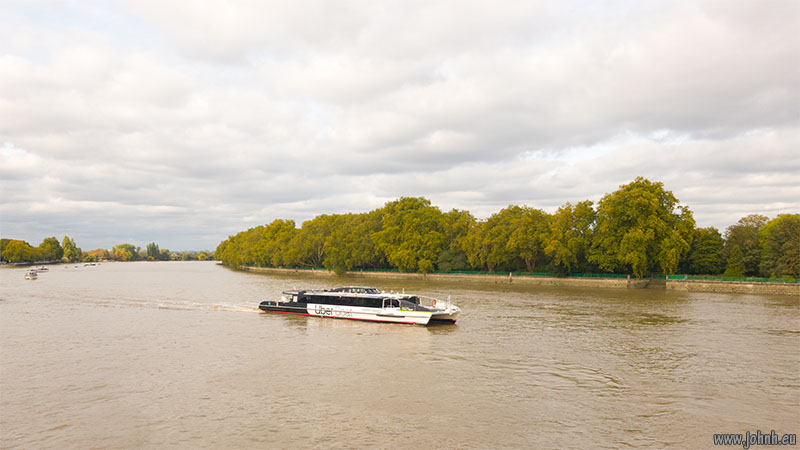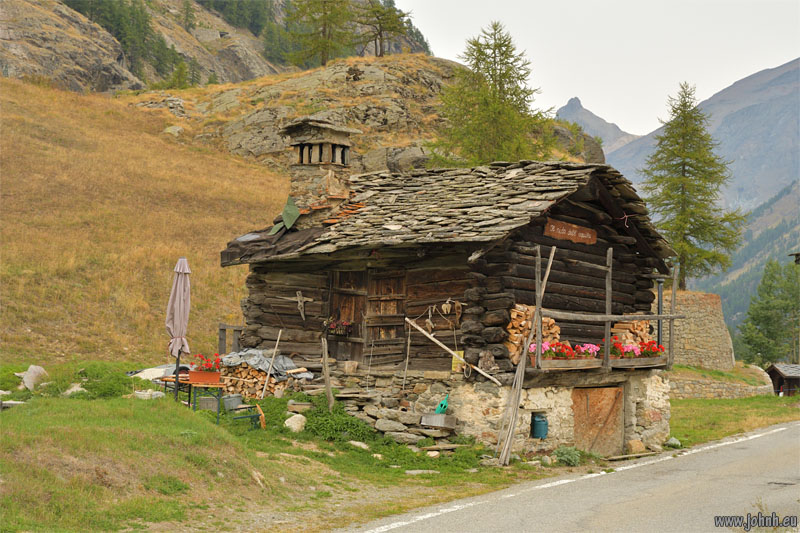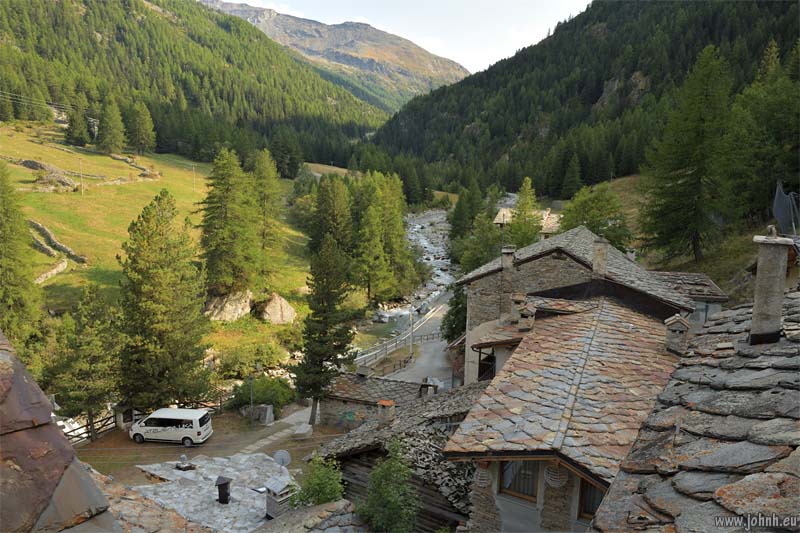Photography
My photography
I use photography to show something about where I’ve been or people whom I’ve met. As well as trying to see the beauty in a scene or situation, I’m also trying to convey ideas and feelings. My photography is about me and what I do, who I meet and where I go. All my photography tries to be contemporary and creative. I’m resistant to being fitted in to a taxonomy by categorisation such as “travel” or “conceptual” or “nature”. All image-making is political simply by the act of selection and hence exclusion but I am not campaigning for any particular point of view, except to try to see the positives and to live life to the full.
I use 645, 35mm and DX formats plus a handy little digital compact that shoots RAW files. I’ve experimented with non-lens photography - do ask!
I first worked in a monochrome/silver wet darkroom at age 7, helping my Father with scientific prints; I’ve used colour negative materials since age 21 and digital since 2005. I use Photoshop (Adobe) and Photopaint (Corel).
The glacial valley national park of Valsavarenche retains some unique architecture high up the valley. The valley was long reserved a retreat for the kings of Savoy and then Italy. Development was limited and wildlife protected with hunting permitted only with the King’s assent, which usually meant his participation.
More photos: The architecture of Valsavrenche - Parco nazionale del Gran Paradiso
These friendly animals grazing and playing on the Quantock Hills in Somerset are the breed known as Exmoor Pony. The pure breed have grey muzzles. Also in the herd are mixed breed Quantock Ponies, Exmoor Pony crossed with Welsh Cob and Arab breeds, though this is not a recognised breed. They’re all freezemarked recording ownership.
Sunflowers in bloom in a field near the Route Napoléon in the Alpes-de-Haut-Provence. Against my expectation (based on popular rumour) the heads had not all turned to face the sun.
Marine chains stored on the quay at Portpatrick harbour, Dumfries and Galloway, Scotland. I enjoy and respect the power and raw physicality of the linked iron. Six bins store chains of different gauges, the product of human labour in mining, smelting and forging processes. The eroded surfaces witness the history of the trusty chains in and around the harbour.










